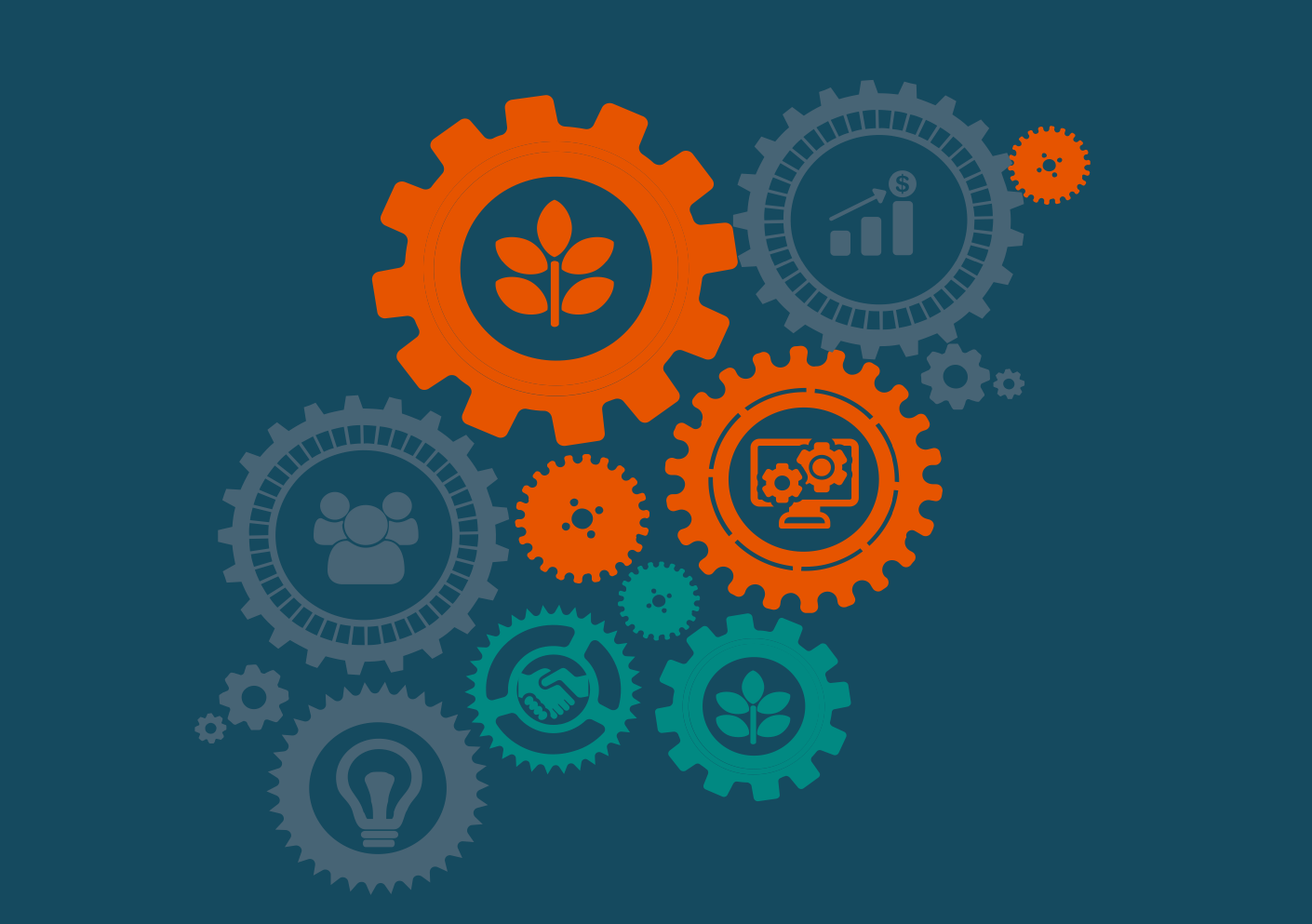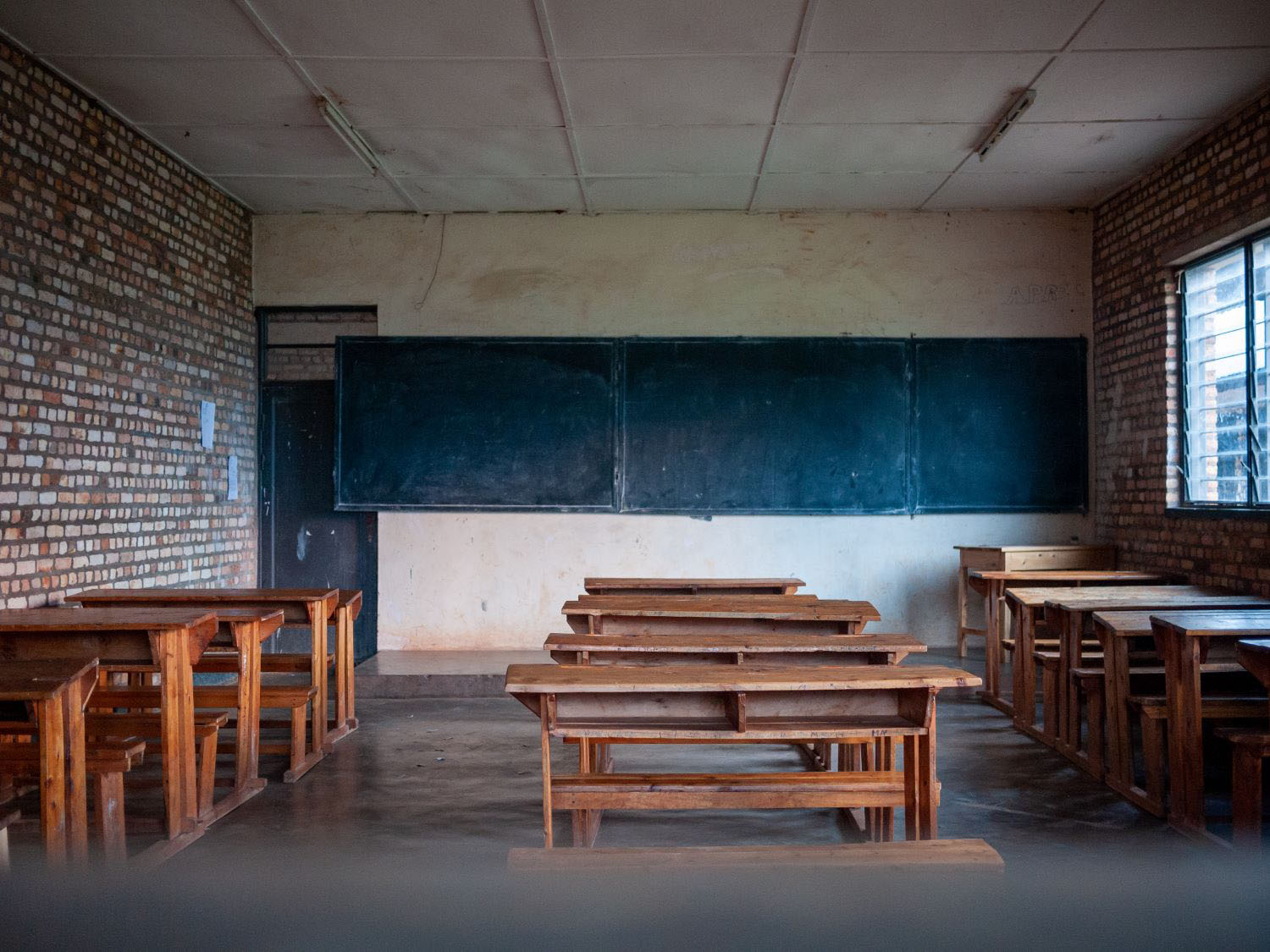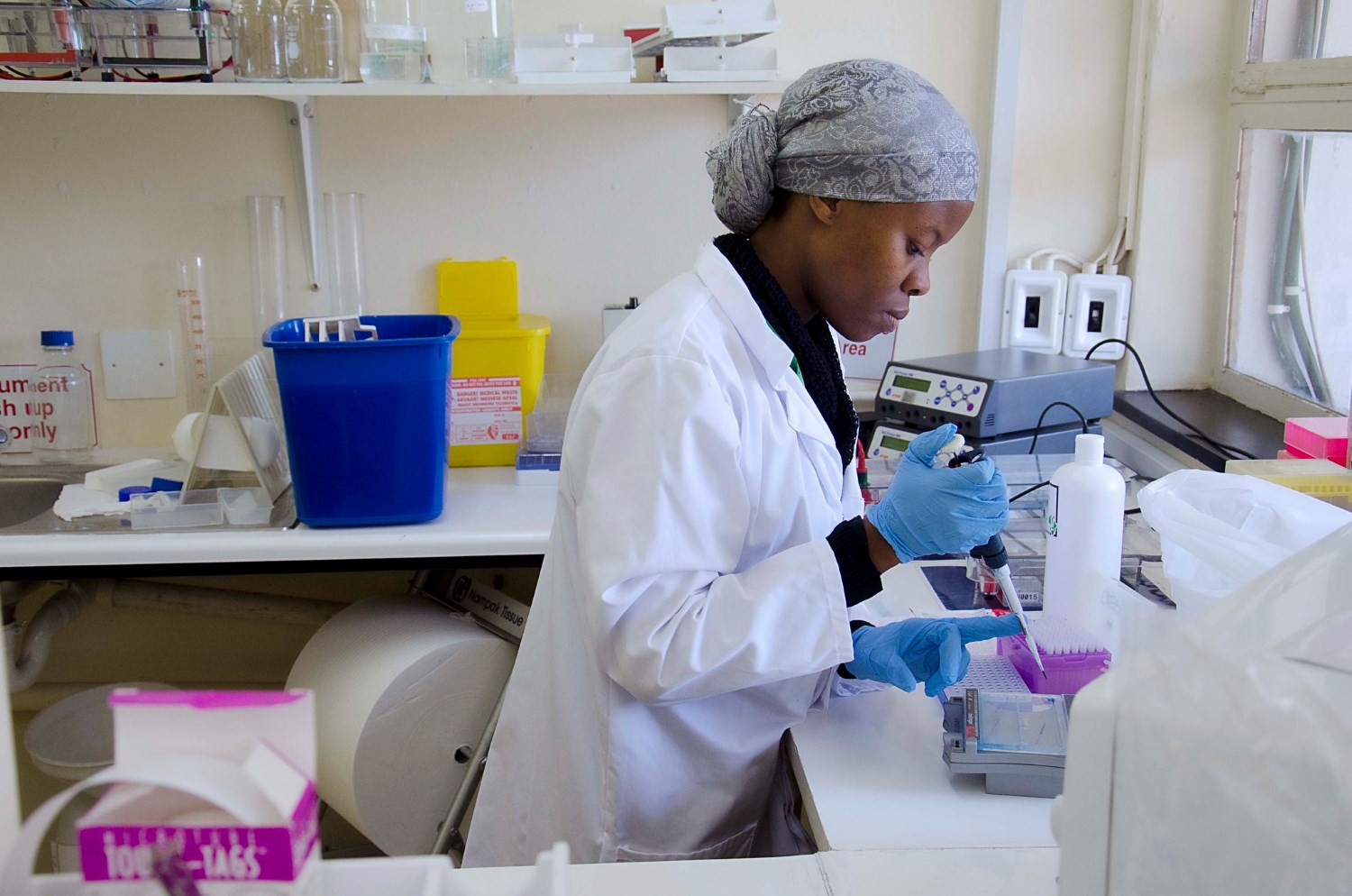Chair:
Marcelo Giugale
Sector Director
Poverty Reduction & Economic Management
Africa Region
World Bank
Authors:
Otaviano Canuto
Vice President
Poverty Reduction & Economic Management
World Bank
Danny M. Leipziger
Professor of International Business
George Washington University
Discussants:
William Cline
Senior Fellow
Center for Global Development &
Peterson Institute for International Economics
Marcelo Giugale
Sector Director
Poverty Reduction & Economic Management
Africa Region
World Bank
Authors:
Otaviano Canuto
Vice President
Poverty Reduction & Economic Management
World Bank
Danny M. Leipziger
Professor of International Business
George Washington University
Discussants:
William Cline
Senior Fellow
Center for Global Development &
Peterson Institute for International Economics
Nemat Shafik
Deputy Managing Director
International Monetary Fund
The great recession of 2007-09 has left permanent scars in the world economy, and the global recovery has lost steam. Advanced economies are still struggling with high unemployment and debt, and the remarkable role that emerging markets have played as engines of the recovery is no longer certain. In this new book, co-edited by Otaviano Canuto and Danny M. Leipziger, more than a
dozen distinguished contributors scan the economic horizon, spell out the new fiscal reality, and highlight the policy choices on which economic regrowth will depend.
This event is sponsored by the Infoshop and Poverty Reduction and Economic Management Network








